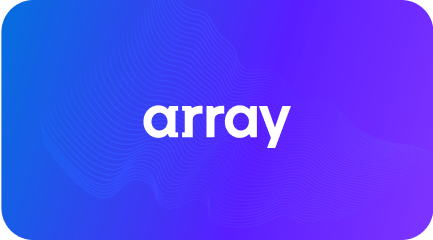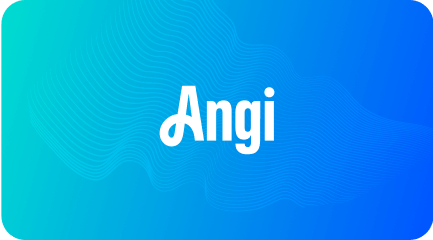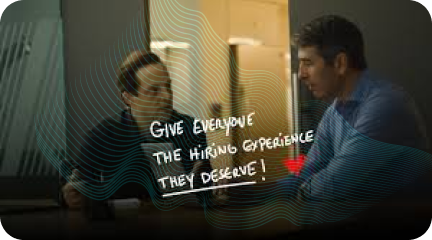We’ve all seen it before: a teammate gives notice, and suddenly there’s an opening for a new hire to fill their shoes. Or maybe your team is growing quickly and needs to create and fill a totally new role. Either way, you need to start sourcing new talent.
Where should organizations start when recruiting for a role? Should you look for a mirror image of the previous colleague, or for someone totally different? What if the role has never existed at your company before now?
How to build a candidate success profile
Before you reach out to candidates, your team should align on its vision for the role itself. The first step is to build a success profile: a document that outlines the skills, knowledge, and potential for growth that your team expects someone in that role to have. A good success profile paints a picture of both a hypothetical person and their responsibilities: it includes guidelines for traits and skills they should have, as well as goals and milestones they should meet in the role.
Whether you’re recruiting for an existing role or building a new one, the success profile will guide your team throughout the hiring process. It will help you:
- Create a job description and posting that reflect your team’s needs
- Write helpful interview questions
- Keep your team aligned as you interview and assess candidates
Not sure where to start? We have ideas and examples to spark a conversation. Check out our Constructing a Strong Candidate Success Profile guide and editable template, downloadable here.
While success profiles take time and investment to develop up front, they are worthwhile in the long run. They set the stage for more organization, efficiency, and equity in your hiring process. They also create lasting structure: your team can use the profile for future hires, revising it as needed. That way, if your team faces turnover in the future, you can hit the ground running in your search for new talent.









